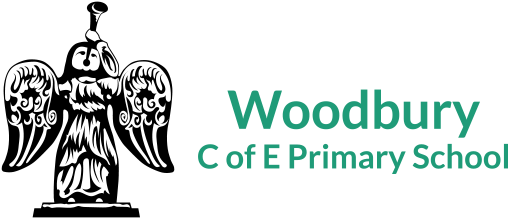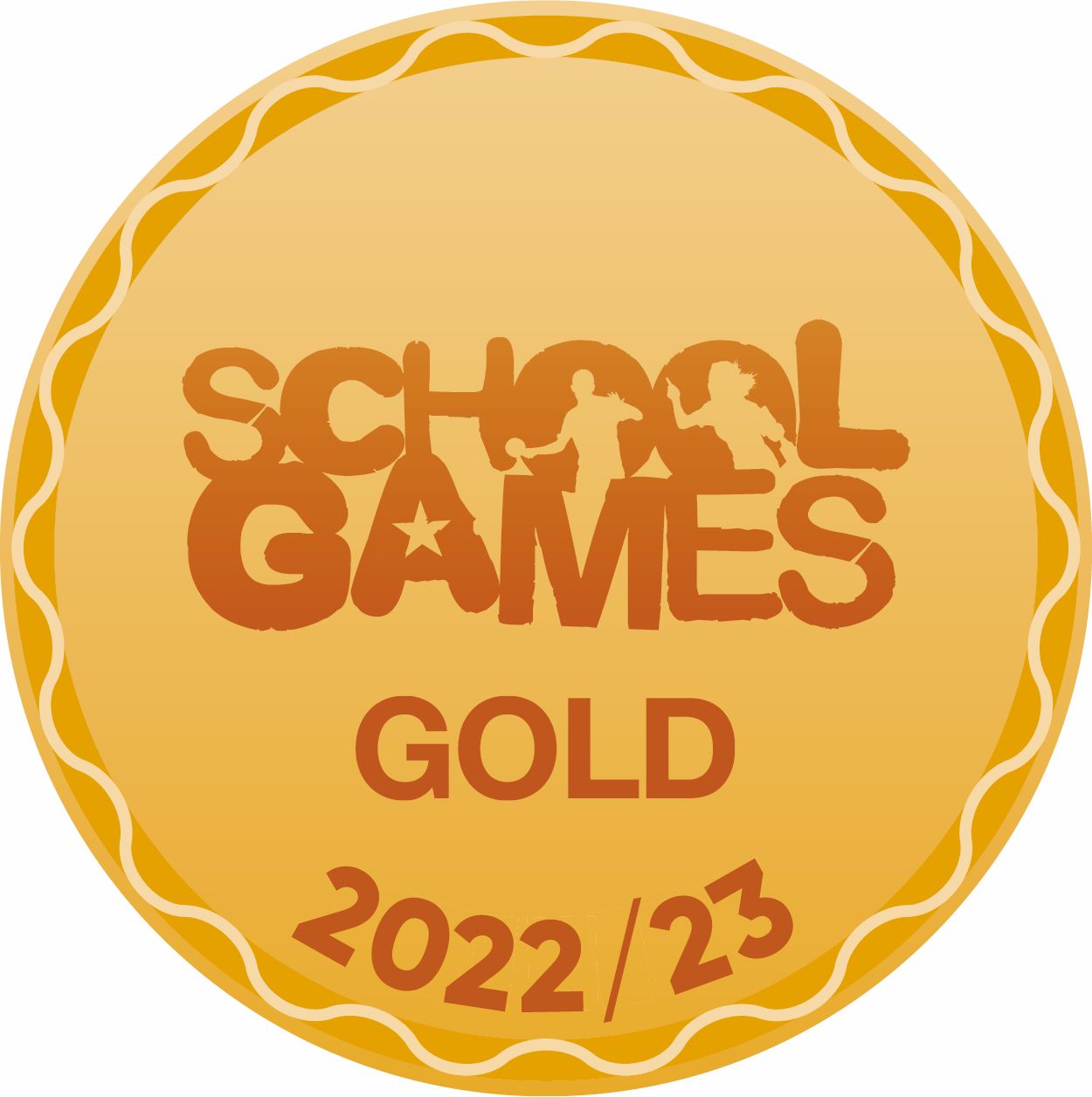Building Learning Power
Building Learning Power (BLP) is an approach to learning that we teach throughout our school as it helps children:
- Learn more and enjoy learning
- Become better learners
- Become lifelong learners
BLP enables our children to understand how they learn. It helps them learn how to face challenges confidently and creatively as well as promote inquisitiveness and a thirst to know more. BLP equips our children with the skills and attitude to learn in all situations in their lives, both now and in the future.
BLP is based on the work of Professor Guy Claxton. Firmly rooted in science and research, it suggests that there are several broad dispositions that need to develop in order to become successful lifelong learners. At Woodbury we think of the learning dispositions as being like groups of ‘learning muscles’. Just as we can build our physical muscles by the right kinds of exercise, so we can exercise our learning muscles to develop their strength and stamina.
The four learning muscles of Resilience, Resourcefulness, Reflectiveness and Reciprocity, are each made up of four smaller learning muscles. A description of each of these is given at the end of this page and summarised in the document below.
BLP is universally applicable to all children; of all ages, abilities and social backgrounds. Developing your Learning Muscles is not restricted to school – learning continues at home and throughout adult life! Many parents who came to our BLP Workshop, said that they wished they had been taught BLP as the skills and attitudes are so necessary throughout life. Please see the Parent leaflet below.
Teaching BLP
Teaching BLP does not change the curriculum content we teach. However the teachers will tell the children which learning muscles they will be developing and encouraging the children to use these with each other and on their own. The children will be expected to talk about their learning. When there are challenges, the teachers will not step in too quickly but give the children time to ‘exercise their learning muscles’. The teachers will also show the children how they are learners, by modelling and sometimes saying that they ‘don’t know’ but show how to find out. We will praise the process of learning rather than just the academic outcome. Having made a good mistake and learning from it will be celebrated - it is excellent to have the skills to analyse a problem, the creativity to think of another way to tackle it and the resilience and confidence to have another go.
Children and BLP
Children will learn to use the language of learning. They will say things such as “I was resourceful today…” or “I was resilient when I…” Children will be taught to see mistakes and challenge as a normal part of their learning and they will be expected to try hard to overcome these challenges for themselves. Over time, children will become better at facing challenges and uncertainty in a calm, confident and creative way. They will also become better at understanding how they learn well and they will be able to recognise what they need to do to move their learning on.
Developing BLP at Home
There are so many ways in which parents and carers can help develop their child's BLP. Simply asking your child everyday, what good question they have asked, has been shown to significantly improve a child's learning - both their attainment and motivation to do better. Parents and carers are the most important role models their children have. By modelling learning, such as when cooking, gardening, playing sport or doing DIY, you can show your child how you think of options, evaluate, change your mind, copy a good example, get frustrated, try again and ultimately succeed. Pointing out these qualities in other people who your child admires also helps.
THE LEARNING MUSCLES
RESILIENCE – being ready, willing and able to LOCK ON TO LEARNING
Absorption Learning Muscle: you become engrossed in what you are doing; you are unaware of time passing
Managing Distraction Learning Muscle: you know what distracts you, you try to minimise distractions, you settle back quickly after an interruption
Noticing Learning Muscle: you notice how things look, what they are made of, or how they behave, you can identify significant detail
Perseverance Learning Muscle: you are not put off by being stuck, you keep on going despite difficulties and find ways to overcome them, you recognise that learning can be a struggle
RESOURCEFULNESS – being ready, willing and able to LEARN IN DIFFERENT WAYS
Questioning Learning Muscle: you are curious about things and people, you often wonder why, you play with ideas, asking “How come?” and “What if?”
Making Links Learning Muscle: you look for connections between experiences or ideas, you find pleasure in seeing how things fit together, you make patterns
Imagining Learning Muscle: you picture how things might look, sound, feel, be; you let your mind explore and play with possibilities and ideas
Reasoning Learning Muscle: you create logical arguments, you deduce what might happen, you look for evidence
REFLECTIVENESS – being ready, willing and able to become MORE STRATEGIC ABOUT LEARNING
Planning Learning Muscle: you think about what you want to get out of learning, you plan the steps you might take, you access which resources you may need
Revising Learning Muscle: you are ready to revise your plans as you go along, monitor how things are going, change your plans when you’ve had a better idea
Distilling Learning Muscle: you mull over experiences, draw out useful lessons from experiences, think about where else you might use these lessons
Meta-Learning Muscle: you are interested in how you learn as an individual, know your strengths and weaknesses as a learner, are interested in becoming a better learner
RECIPROCITY – being ready, willing and able to LEARN ALONE AND WITH OTHERS
Interdependence Learning Muscle: you know how much interaction you need with others to assist your learning, you make informed choices about working on your own or with others
Collaboration Learning Muscle: you manage your feelings when working with others, you understand the ground rules of team work, you are able to work effectively as part of a pair or team
Empathy and Listening Learning Muscle: you put yourself in other people’s shoes to see the world from their point of view, show you are listening by eye contact and body language, hear feelings and thoughts behind someone’s words
Imitation Learning Muscle: you are ready to learn from others, notice the approach and detail of how others do things



